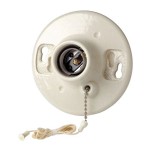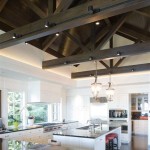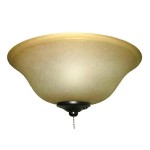Tray Lighting Ceiling: A Comprehensive Guide
Tray lighting ceilings, also known as recessed lighting ceilings, have become increasingly popular in modern architecture and interior design. They offer a sleek, sophisticated aesthetic while providing ample illumination and versatility. This guide explores the essential aspects of tray lighting ceilings, from design considerations to installation techniques.
Design Factors
Shape and Size: Tray lighting ceilings can vary in shape and size to complement different room configurations. Common shapes include rectangles, squares, and circles. The size should be proportional to the room's dimensions to avoid overwhelming the space.
Depth: The depth of the tray ceiling determines the amount of recessed lighting that can be installed. Deeper trays allow for more lighting fixtures and provide a more dramatic effect.
Moldings: Decorative moldings around the perimeter of the tray ceiling add visual interest and enhance the architectural details of the room.
Lighting Considerations
Light Type: Recessed lighting fixtures can accommodate various light types, such as LEDs, CFLs, and incandescents. LEDs offer energy efficiency and long lifespan, while CFLs provide warm, natural light.
Light Intensity: The intensity of the lighting will depend on the intended use of the space. Brighter lights are suitable for work areas, while softer lights create a more ambient atmosphere.
Light Placement: The placement of the recessed lights within the tray ceiling should optimize light distribution and create a visually pleasing effect.
Installation Process
Framing: The first step is to construct the framing for the tray ceiling using 2x4 or 2x6 lumber. The framing should be securely attached to the existing ceiling joists.
Drywalling: Once the framing is complete, drywall can be installed to create the recessed area for the tray ceiling.
Trim and Moldings: Decorative trim and moldings are applied to the perimeter of the tray ceiling to enhance its appearance and conceal any rough edges.
Lighting Installation: Recessed lighting fixtures are then installed into the tray ceiling. Electrical wiring should be handled by a qualified electrician.
Benefits of Tray Lighting Ceilings
Enhanced Aesthetics: Tray lighting ceilings add a touch of sophistication and drama to any room, creating a visually appealing focal point.
Ample Illumination: Recessed lighting provides ample and evenly distributed illumination throughout the space, improving visibility and creating a comfortable atmosphere.
Energy Efficiency: LED recessed lighting is highly energy-efficient, reducing electricity consumption and lowering utility bills.
Versatile Application: Tray lighting ceilings are suitable for a wide range of applications, including living rooms, bedrooms, kitchens, and commercial spaces.
Conclusion
Tray lighting ceilings are a versatile and stylish lighting solution that can elevate the aesthetics of any space. By considering the design factors, lighting needs, and installation process, homeowners and interior designers can create stunning tray lighting ceilings that enhance both form and function.

Tray Ceiling Lights Led Channel Glow12 Up For Best S

Glamorous Lighting Ideas That Turn Tray Ceilings Into Architectural Masterpieces

10 Beautiful False Ceiling Tray Design For Your Home Homes

Using Lighting The Smart Way To Highlight Tray Ceiling Hometone Home Automation And Guide

10 Beautiful False Ceiling Tray Design For Your Home Homes

15 Creative Ways To Illuminate Your Tray Ceiling Lightopia

Glamorous Lighting Ideas That Turn Tray Ceilings Into Architectural Masterpieces

All You Need To Know About Tray Ceilings Bob Vila

Glamorous Lighting Ideas That Turn Tray Ceilings Into Architectural Masterpieces

Glamorous Lighting Ideas That Turn Tray Ceilings Into Architectural Masterpieces
Related Posts








